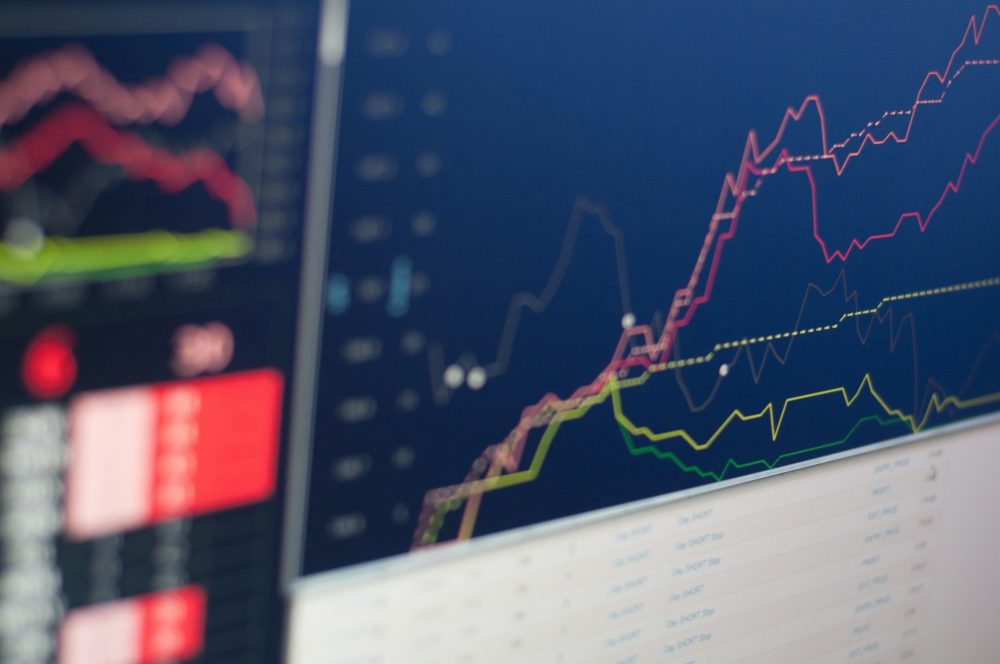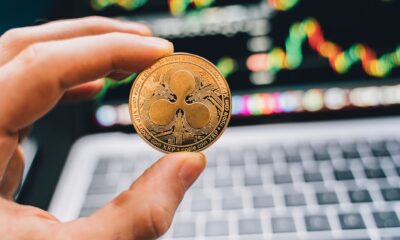Featured
Why the demand for sustainable ETFs is increasing
The assets managed in sustainable ETFs could increase by six times to $1.2 trillion by 2030, according to Blackrock. The background is an improved ESG data situation as well as the transparent performance and low costs of passive strategies. Investments with a strong focus on energy transition, fair labor practices and business ethics are likely to be more attractive to investors in the future.

The share of index products in the market for sustainable funds has doubled within four years: from 7 percent in 2015 to 16 percent in 2019, as Morningstar data (as of March 2021) showed. In total, the market for pure sustainability funds is worth around $1.4 trillion, so the 16 percent mentioned above represent $224 billion. Potential for further growth should be abundant, as the share of ETFs and index funds in mature fund markets such as the US equity market alone showed. According to Morningstar data (as of December 31st, 2019), their share is 49 percent.
Find out more about the increasing demand of sustainable ETFs and read the latest financial headlines with the Born2Invest mobile app, the best online aggregator.
High inflows and rising returns are expected
The market shifts that have occurred against the backdrop of the coronavirus pandemic should now give even more momentum to the acquisition of sustainable ETFs and index funds. In the first quarter of 2020, according to Morningstar data (as of April 1st 2020), $14.8 billion was invested in passive products geared to ESG strategies worldwide.
The fund industry, on the other hand, suffered massive capital outflows overall. In the long term, BlackRock predicted in April 2020 (based on Morningstar data from March 2020) that the acceptance of sustainable ETFs and index funds could continue to grow. The projections contained in the forecast show just how huge the potential is. By the year 2030, the assets managed in sustainable ETFs and index funds could increase approximately six-fold to $1.2 trillion.
Given these figures, it is obvious that investor preferences are changing around the globe. Further analysis, such as the work of the BlackRock Investment Institute, suggested that the rapidly growing interest in sustainability will have a significant long-term impact on the expected returns of many investment instruments. Forecasts indicated that investments with a strong focus on energy transition, fair labor practices, and business ethics are likely to be more attractive to investors in the future than those where sustainability is not a major concern.
Better ESG data drives growth
Incorporating ESG findings into indices has long been difficult because the information provided by companies on their sustainability strategies was scarce and difficult to find. However, this is now changing – the data on which sustainable indices are based is improving. In the future, increasingly standardized ESG data will help to drive growth in sustainable index investments.
What are the main reasons for the improved data situation? Firstly, more and more companies are making ESG data available. In this way, they are helping to make their efforts to actively manage risk and create value through sustainability more measurable and communicable. On the other hand, companies now publish this information in a form that is easier for investors to compare.
Significantly lower costs than actively managed funds
In the past, investors either had to research the opportunities offered by individual stocks themselves and then book the individual stocks into their portfolios – or pay handsomely high prices for actively managed investment funds that often fluctuate strongly in performance. With the increasing spread of transparent ETFs and index funds, the costs for all investors have fallen.
__
(Featured image by Alexas_Fotos via Pixabay)
DISCLAIMER: This article was written by a third party contributor and does not reflect the opinion of Born2Invest, its management, staff or its associates. Please review our disclaimer for more information.
This article may include forward-looking statements. These forward-looking statements generally are identified by the words “believe,” “project,” “estimate,” “become,” “plan,” “will,” and similar expressions. These forward-looking statements involve known and unknown risks as well as uncertainties, including those discussed in the following cautionary statements and elsewhere in this article and on this site. Although the Company may believe that its expectations are based on reasonable assumptions, the actual results that the Company may achieve may differ materially from any forward-looking statements, which reflect the opinions of the management of the Company only as of the date hereof. Additionally, please make sure to read these important disclosures.
First published in DASINVESTMENT, a third-party contributor translated and adapted the article from the original. In case of discrepancy, the original will prevail.
Although we made reasonable efforts to provide accurate translations, some parts may be incorrect. Born2Invest assumes no responsibility for errors, omissions or ambiguities in the translations provided on this website. Any person or entity relying on translated content does so at their own risk. Born2Invest is not responsible for losses caused by such reliance on the accuracy or reliability of translated information. If you wish to report an error or inaccuracy in the translation, we encourage you to contact us.

-

 Crypto2 weeks ago
Crypto2 weeks agoTether Defends USDT After S&P Downgrade Amid Growing Calls for Transparency
-

 Fintech5 days ago
Fintech5 days agoArgentina’s Banks Poised to Integrate Cryptocurrencies, Paving Way for Widespread Adoption
-

 Biotech2 weeks ago
Biotech2 weeks agoAngelini Ventures Signs €150 Million EIB Deal to Accelerate Biotech Innovation in Europe
-

 Crypto11 hours ago
Crypto11 hours agoCrypto Markets Slide as Bitcoin Breaks $90K, Year-End Pessimism Grows
























